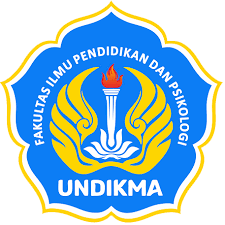Istilah-Istilah Pakaian Dan Perhiasan Pengantin Pria Adat Lampung Pepadun
Abstract
This research will analyze the terms of clothing and jewelry for the Lampung Pepadun traditional groom using a semantic study approach. This research describes and examines the lexical semantic meaning relationships contained in the terms of Lampung Pepadun traditional groom's clothing and looks at the meaning of the concepts contained therein. What is used in this research is a qualitative method. The data collection technique uses note-taking and recording techniques. The research data source is in the form of terms for Lampung traditional groom's clothing obtained from sources, namely Lampung cultural figures who understand the ins and outs of Lampung culture. The theory used in this research refers to the theory of Djadjasudarma, Tajudin Nur, and "Term Formation" from the Language Center of the Ministry of National Education. The results of this research show that 19 data consisting of the groom's clothing and jewelry found a meaning relationship. In the data in the form of traditional Lampung Pepadun bridal clothing, elements of holonymy, meronymy, hypernymy and hyponymy were found. In the lexical semantic approach, meaning relations appear as holonymy elements as heads of smaller parts, meronymies as part relationships, hypernymy elements as heads of smaller parts, and hyponymy elements as similar relationships. Apart from that, the author found a pattern of meaning relations, for example, in the holonymy meaning relationship with the M+Ho pattern. If holonymy and meronymy are phrased, the pattern is M+Ho and cannot be Ho+M. while hypernymy and hyponymy have the pattern Hr+H. If hypernymy and hyponymy are phrased, the pattern is Hr+H and cannot be H+Hr.
Copyright (c) 2025 Dimas

This work is licensed under a Creative Commons Attribution-ShareAlike 4.0 International License.










